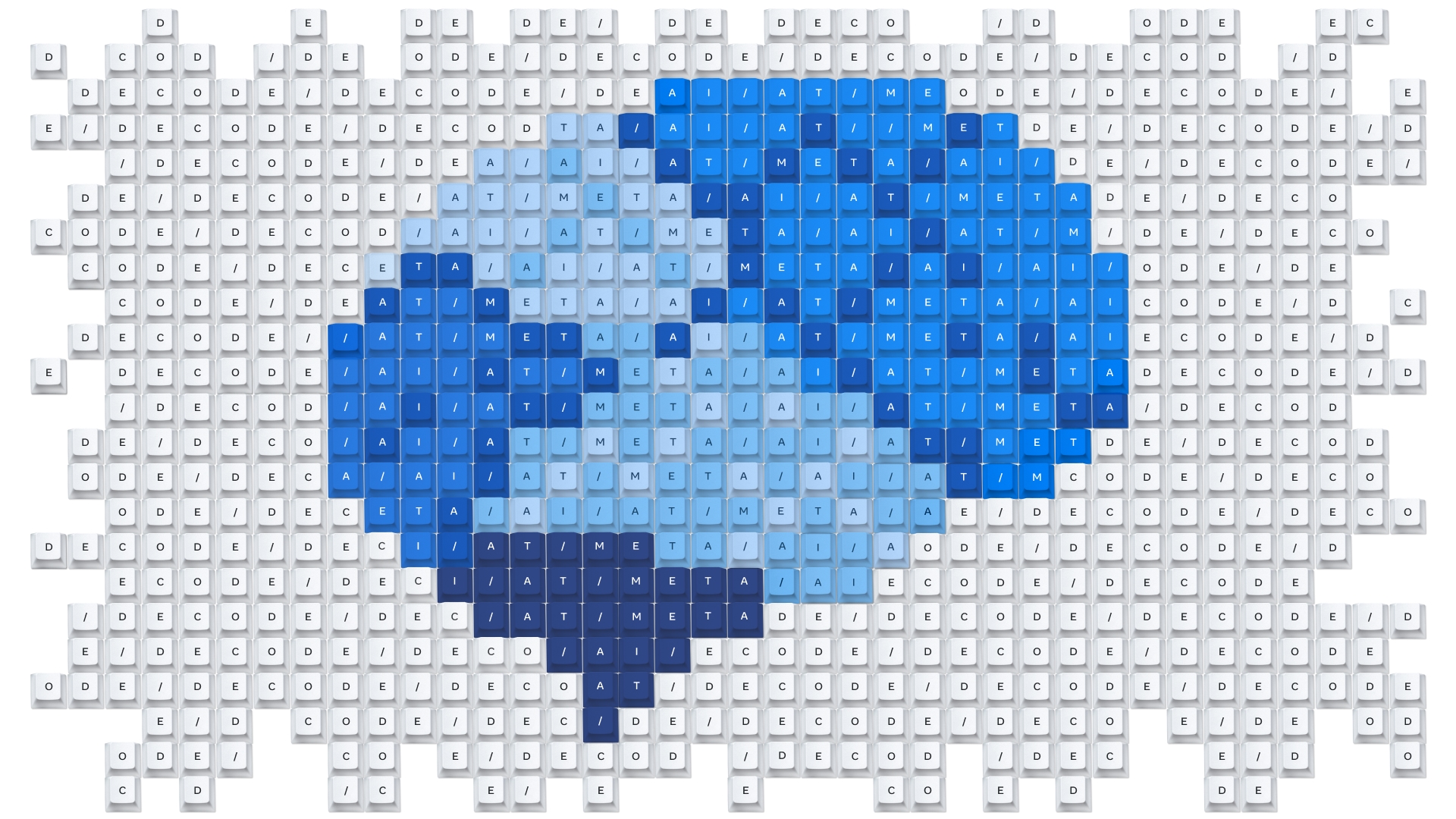Meta AI Achieves 80% Accuracy in Reconstructing Typed Sentences from Brain Activity

Meta’s Breakthrough in Brain Activity Decoding
Meta’s AI research team has recently announced a significant advancement in interpreting brain activity, successfully reconstructing typed sentences from brain recordings. This groundbreaking work was achieved in collaboration with scientists from the Basque Center on Cognition, Brain, and Language in Spain. The studies were published by Meta’s Fundamental AI Research Lab (FAIR) and extend previous research by French neuroscientist Jean-Rémi King, which focused on how visual perceptions and language can be decoded from brain signals.
Understanding Brain Signals
In one of their key studies, researchers utilized two advanced techniques—magnetoencephalography (MEG) and electroencephalography (EEG)—to explore the brain activity of 35 individuals while they typed sentences. The data gathered during this process allowed the AI system to learn to reconstruct the sentences based on the brain signals alone.
Results of the Study
The AI system demonstrated impressive results, achieving an accuracy of up to 80% at the character level. In many instances, it was capable of accurately reconstructing entire sentences based solely on the brain signals. However, the technology has some limitations. Participants must remain stationary in a shielded room during the MEG process, and further studies are necessary, especially involving patients with brain injuries, to establish its clinical applications.
From Thought to Action
The second study delved into how thoughts are translated into complex sequences of movement, particularly focusing on typing. Researchers discovered that traditional measurements involving mouth and tongue movements are often interfered with during brain signal collection. To overcome this, they analyzed MEG recordings at a rate of 1,000 recordings per second while participants typed. This allowed them to pinpoint exactly when thoughts transitioned into words, syllables, and individual letters.
Insights into Language Processing
The findings indicated that the brain begins with abstract meanings before gradually forming them into specific motor actions. This process is facilitated by a specially designed "dynamic neural code" that enables the brain to simultaneously and coherently represent multiple words and actions.
The Challenges Ahead
Despite encouraging results, there are still significant challenges in deciphering the neural code associated with language. Each year, numerous individuals face communication difficulties due to brain lesions, and potential remedial solutions, such as neuroprostheses combined with AI decoders, encounter issues due to current non-invasive methods being affected by noisy signals. Meta emphasizes that understanding the neural code of language is key not just for AI development, but also for neuroscience.
Practical Applications
The potential applications of this research extend beyond theoretical implications and into practical healthcare solutions. For instance, BrightHeart, a French company, is leveraging Meta’s open-source model DINOv2 to identify congenital heart defects from ultrasound images. In a similar vein, the U.S.-based company Virgo uses this technology to analyze endoscopic videos, highlighting the significant impact of these advancements in real-world medical scenarios.
Future Directions
As the research continues to unfold, significant attention will likely focus on improving the accuracy and applicability of these decoding methods. The interplay between AI and our understanding of brain activity may yield new therapies not only for communication impairments but also for various neurological conditions. As scientists unlock more about how language functions in the brain, the possibilities for enhanced technology and patient care only expand.




